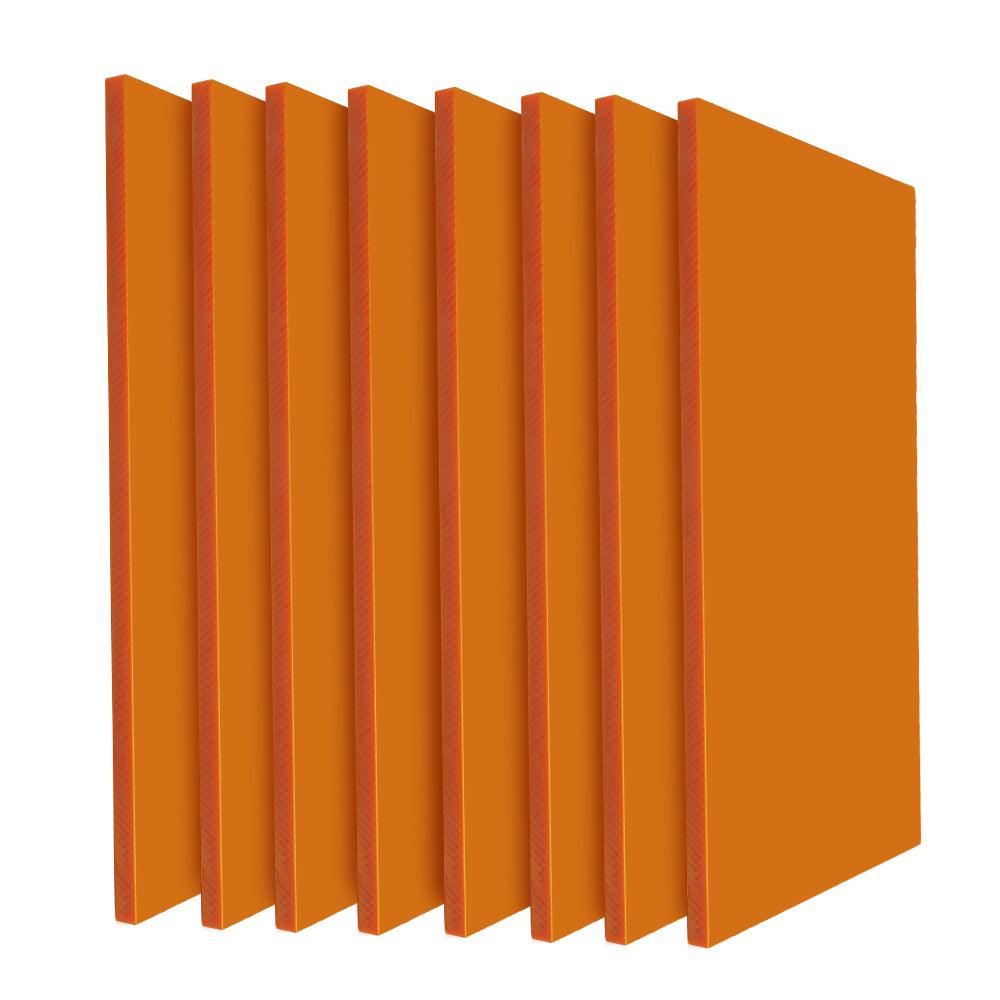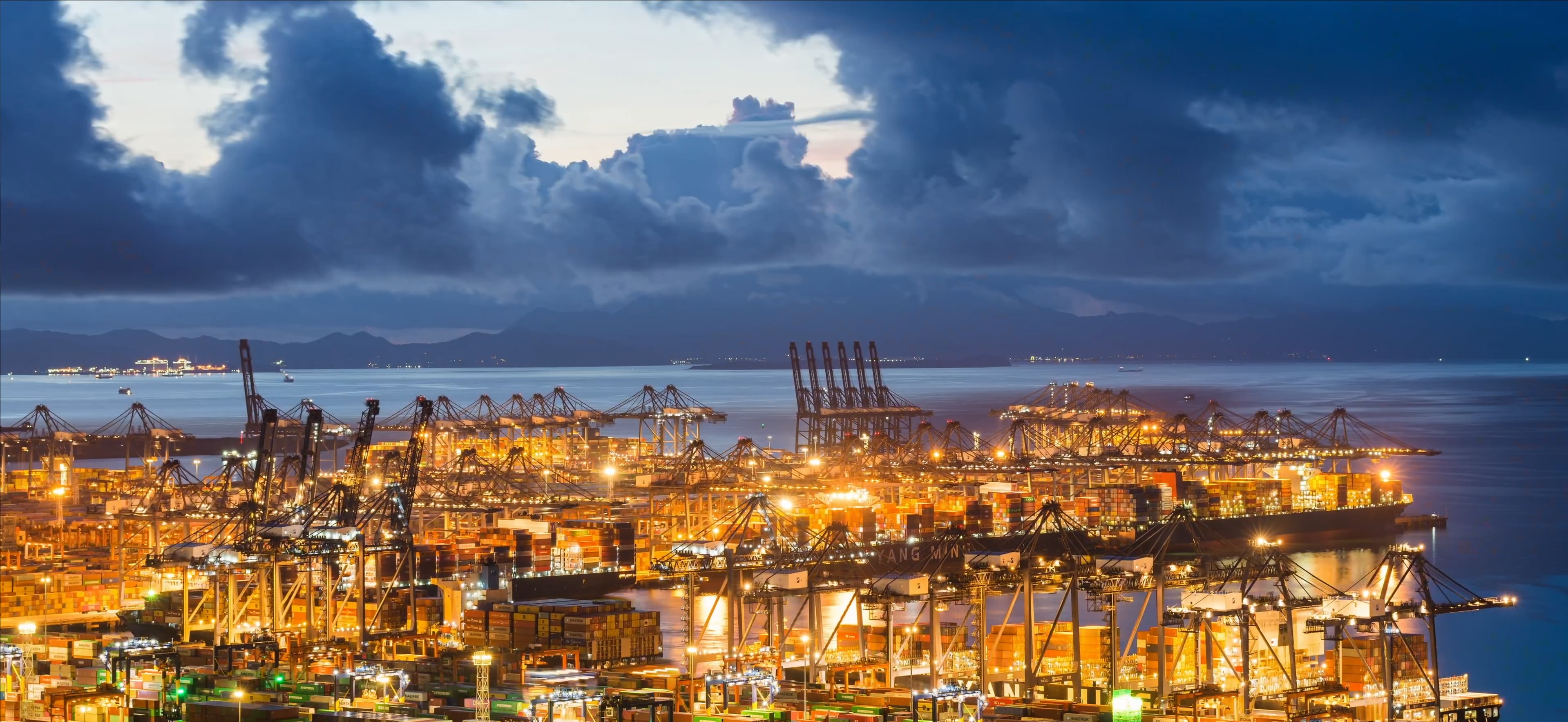Pick the right material and your design sings; pick the wrong one and you fight burn marks, chipped edges, and fuzzy detail. This guide breaks down the best materials for TwoTrees CNC routers (e.g., TTC 450 Ultra, TTC 6050, TTC H40) and TwoTrees diode lasers (TS2, TTS-20 Pro, TTS-55). You’ll learn how each material behaves under a spinning bit versus a laser beam, when to choose wood, composites, paper, or coated metal—and where to source proven, maker-friendly stock directly from TwoTrees.
CNC vs. Diode Laser: How Materials Behave
CNC routers remove material mechanically with a rotating cutter; diode lasers remove material thermally by focusing light. That single difference changes everything—edge quality, contrast, cut depth, and even safety. Keep these rules of thumb in mind:
- Density & grain: Denser woods need slower CNC feed rates and lighter laser passes; soft, even-grain woods engrave cleanly.
- Color & coating: Laser contrast improves on light woods and coated surfaces (e.g., anodized aluminum). CNC doesn’t care about color—but cares about chip evacuation.
- Reflectivity: Bare shiny metals are challenging for diode lasers; coated/anodized metals engrave well. CNC machines can mill soft metals with proper tooling.
- Plastics & unknowns: For lasers, avoid PVC and unknown plastics (fumes). For CNC, plastics are fine with sharp bits and correct feeds/speeds.
- I want crisp engraved detail with clean contrast: Light wood (basswood plywood) or coated metals (aluminum business cards) on a diode laser.
- I need structural parts or deep pockets: CNC-friendly woods (pine, hardwoods), composites (carbon fiber), or engineering plastics on a TwoTrees CNC.
- I’m prototyping fast and cheap: Basswood plywood for both CNC (light milling) and laser (fast engraving/cutting).
Best Materials for TwoTrees CNC Routers
The following are proven performers on TTC-series routers. We include project ideas, machining notes, and direct links to stock from TwoTrees.

1) Basswood Plywood (3 mm) — Fast Prototyping & Clean Engraves
Lightweight, uniform, and predictable, basswood plywood is a go-to for signs, insert panels, layered artwork, and quick templates. It machines cleanly with small-diameter end mills and gives excellent laser contrast if you pair it with your diode later.
- Why it works: Fine, even grain reduces tear-out; sheets stay flat.
- Try it for: Topographic art, organizer inserts, panel inlays, branding plates.
- Bit tips: 1.5–3.175 mm upcut/downcut; finish with a shallow pass to eliminate fuzz.

2) Pine Boards — Natural Grain for Scenic & Rustic Pieces
Pine is soft, easy to machine, and great for plaques, farmhouse décor, and carved reliefs. Its visible grain gives character, but resin pockets and knots mean sharp cutters and smart stepdowns are your friends.
- Why it works: Low tool load, widely available, sands to a smooth finish.
- Watch for: Fuzzy edges on climb cuts and resin; use compression or sharp downcut bits.
- Finish: Sand, seal, then glaze or stain to pop grain and carved detail.
3) 3K Carbon Fiber Plate (Twill) — Strong, Light, Precise
When you need stiffness without weight—drone frames, brackets, machine plates—carbon fiber shines. It cuts crisply with carbide, but dust control and PPE are non-negotiable.
- Why it works: Dimensional stability and high strength-to-weight.
- Tooling: Fresh carbide end mills; shallow stepdowns; edge-seal after cutting.
- Safety: Use vacuum extraction and a respirator; carbon dust is hazardous.
CNC Material Carbon Fiber Plate (3K Twill)

4) Bakelite (Phenolic) Sheet — Tough, Heat-Resistant, Dimensionally Stable
Bakelite machines cleanly, holds threads well, and laughs at workshop heat. Use it for jigs, fixtures, machine brackets, and electrical housings.
- Why it works: Predictable chips, crisp edges, and wear resistance.
- Tips: Carbide tools, modest feeds; chamfer edges to avoid chipping.
Honorable Mentions (CNC)
- MDF: Super-flat and cheap for jigs/forms. Dusty—use extraction and seal edges.
- Acrylic: Great for signage and inlays. Use O-type or single-flute bits and keep chips clearing.
- Soft metals (e.g., aluminum): Possible with conservative recipes, sharp tools, and good workholding on TTC-series routers.
Best Materials for TwoTrees Diode Lasers
Diode lasers (TS2, TTS-20 Pro, TTS-55) excel at high-contrast engraving and thin stock cutting. These materials are dialed for speed, clarity, and predictable tones.
1) Basswood Plywood (3 mm) — Laser’s Best Friend
For coasters, ornaments, signs, and model parts, basswood plywood delivers fast cuts and clean engraves with minimal scorch. It’s the starter and the workhorse.
- Engrave: High contrast with crisp line art and text.
- Cut: Multi-pass at moderate power to reduce edge darkening; use air assist.
- Finish: Light sanding, mask removal, then clear coat to lock in contrast.

2) Laser Stamp Rubber — Custom Stamps & Brand Tools
Purpose-made laser rubber engraves deeply without melting or stringing, capturing fine detail for stamps, packaging marks, and craft branding blocks.
- Prep: Mirror your artwork; keep fonts bold; add a shoulder (bevel) if needed.
- Engraving: Several deep passes with air assist for crisp, ash-free cavities.
- Use case: Branding soap, clay, kraft tags, or packaging.
TwoTrees Laser Engraved Rubber Stamp Set
3) Glitter Cardboard / Craft Paper — Fast & Eye-Catching
Paper-based stock is perfect for batch work—event signage, gift cards, boxes, and decorative overlays. Glitter or textured finishes pop under a light engrave.
- Settings: Low power, high speed. Test to avoid singe marks.
- Design: Favor vector line art and scoring for crisp edges.
- Finishing: Light roller to flatten; store flat to avoid curl.
250gsm A4 Glitter Paper / Craft Cardboard

4) Aluminum Alloy Business Card Blanks — Sleek Professional Branding
Coated/anodized aluminum blanks engrave light-on-dark or dark-on-light with superb legibility—ideal for business cards, wallet inserts, VIP passes, and product tags.
- Why it works: Coating provides contrast for diode beams; no deep cutting needed.
- Design tips: Use vector text; avoid ultra-thin strokes for best readability.
- Batching: Jig several blanks in one job for consistent alignment.
Metal Business Card Blanks (Aluminum Alloy)
5) Mixed Material Pack — Explore, Test, Learn
If you’re new to laser or expanding your product line, a curated variety pack accelerates learning. Test engraving tone, cutting edges, and finishing techniques across woods, papers, leathers, and coated metals.
- Workflow: Make a small test grid (power/speed) for each material and save the settings in LightBurn.
- Outcome: Faster dialing in, less waste, quick portfolio pieces.
TwoTrees 75-Piece Engraver Material Pack
Notes on Lasers & Metals
Diode lasers typically can’t cut bare metal and struggle to mark reflective raw surfaces. Stick to coated/anodized metals for clean results, or apply marking sprays/pastes (follow manufacturer guidance) if you need to mark uncoated items. For deep metal removal, a fiber laser is the right tool—not a diode.
Material Behavior: CNC vs. Diode Laser (At a Glance)
| Material | On CNC Router | On Diode Laser | Typical Projects |
|---|---|---|---|
| Basswood Plywood (3 mm) | Clean pockets, minimal tear-out; great for templates | High-contrast engraves; fast thin cutting | Coasters, ornaments, signage |
| Pine Boards | Easy machining; watch knots/resin | Engraves with character but can scorch on resin | Rustic plaques, wall décor |
| Carbon Fiber Plate | Excellent for precision parts; PPE & dust extraction required | Not suitable for diode marking/cutting | Frames, brackets, machine plates |
| Bakelite (Phenolic) | Crisp edges, stable and heat-resistant | Limited engraving; check for fumes and coatings | Jigs, fixtures, housings |
| Glitter Cardboard / Paper | Not a CNC material | Shallow engraves and scoring; low power/high speed | Invitations, tags, overlays |
| Aluminum Business Card (Coated) | CNC milling not typical for thin blanks | Engraves coating for sharp contrast; no deep metal removal | Cards, tags, branding plates |
Material Prep & Settings: Quick Wins
For CNC (TTC Series)
- Hold-down matters: Use clamps, tabs, or vacuum. Thin sheets (3 mm) benefit from masking tape + CA glue to a spoilboard.
- Sharp tools: Dull bits cause tear-out and burning. Keep a fresh 1/8" downcut for plywood veneers.
- Finishing pass: A light 0.2–0.4 mm cleanup pass dramatically sharpens edges in soft woods and phenolic.
- Dust control: MDF and composites demand extraction; carbon fiber requires PPE and sealed cleanup.
For Diode Lasers (TS2, TTS-20 Pro, TTS-55)
- Masking for plywood: Apply low-tack tape before engraving/cutting, then peel for cleaner surface.
- Air assist: Improves edge quality and reduces charring on wood and rubber.
- Multiple light passes: Better than a single hot pass for thin wood—keeps edges lighter and crisper.
- Test tiles: Build a small power/speed grid for new materials and save presets in LightBurn.
Safety Notes (Read This!)
- Avoid PVC and unknown plastics on lasers: They can release corrosive or toxic fumes. Use known, laser-safe materials.
- Ventilation & filtration: Always vent your laser enclosure; wood smoke and rubber fumes need extraction.
- PPE: Eye protection is a must. Carbon fiber and phenolic dust require a respirator and careful cleanup.
- Supervision: Never leave a running laser unattended. Keep a clean area and a fire extinguisher handy.
Shop TwoTrees Material Picks
These links go to materials tested and recommended by makers using TwoTrees machines:
CNC Materials
- TwoTrees 3mm Basswood Plywood
- CNC Wood Blanks Pine Board
- CNC Material Carbon Fiber Plate (3K Twill)
- CNC Materials Bakelite Sheet
Laser Materials
- TwoTrees 3mm Basswood Plywood (laser-friendly)
- TwoTrees Laser Engraved Rubber Stamp Set
- 250gsm A4 Glitter Paper / Craft Cardboard
- Metal Business Card Blanks (Aluminum Alloy)
- TwoTrees 75-Piece Engraver Material Pack
Choose by Project Goal
High-Contrast Logos & Text (Laser)
- Best picks: Basswood plywood, coated aluminum cards.
- Why: Light substrate + dark mark (or vice versa) maximizes readability.
- Machines: TS2, TTS-20 Pro, TTS-55 (use air assist for wood).
Functional Parts & Jigs (CNC)
- Best picks: Bakelite sheet, carbon fiber, hardwood or quality plywood.
- Why: Dimensional stability and wear resistance beat decorative looks here.
- Machines: TTC 450 Ultra, TTC 6050, TTC H40.
Batchable Décor & Gifts (Either)
- Best picks: Basswood plywood (CNC + laser), glitter cardstock (laser), pine (CNC reliefs + laser accents).
- Why: Fast cycle times, repeatable quality, lightweight shipping.
Conclusion
The “best” material is the one that matches your tool, your design, and your finish goals. For most makers, basswood plywood is the universal starting point—CNCs pocket it cleanly and diode lasers engrave it with excellent contrast. Move to pine for character, bakelite for fixtures, and carbon fiber for lightweight strength. For lasers, add coated aluminum cards, laser stamp rubber, and a mixed material pack to expand your product lineup and learn quickly with small tests.
Whichever route you take, TwoTrees machines and materials are designed to play well together—so you spend less time troubleshooting and more time shipping projects you’re proud of.
Stock Up & Start Making
Ready to dial in your next project? Grab maker-tested stock from TwoTrees and get cutting or engraving today.




